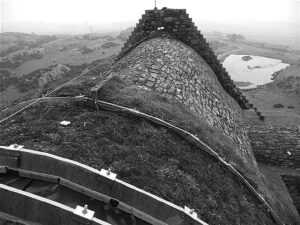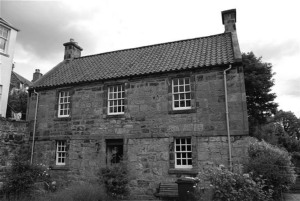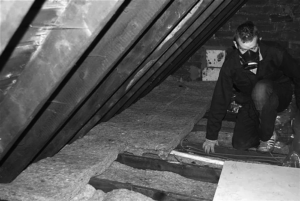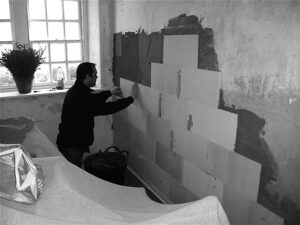Historic Scotland
Climate change is an active threat to Scotland’s built and natural environment, infrastructure and many aspects of society. Climate models predict that trends seen during the latter part of the last century will continue through this century, such that the sea-level rise now exceeds 3-4mm/year around the Scottish coast, and depending on high and low emissions scenarios, rainfall will increase by 40-60% and the temperature will increase by 2-4ΌC. ‘Historic Scotland’ is the government agency charged with protecting the nation’s historic environment, including addressing the impacts of climate change. A range of actions are underway, including improving the resilience of heritage sites through risk assessment and adaptation, mitigating future climate change by reducing carbon emissions and improving energy efficiency, and promoting the sustainability of the historic environment and its importance to local communities.










